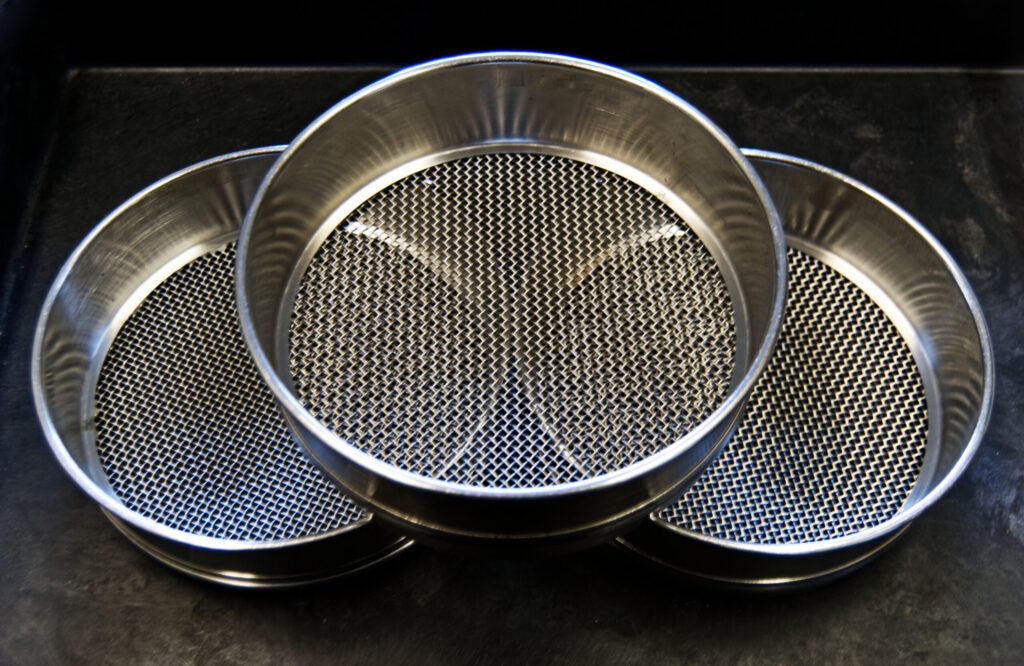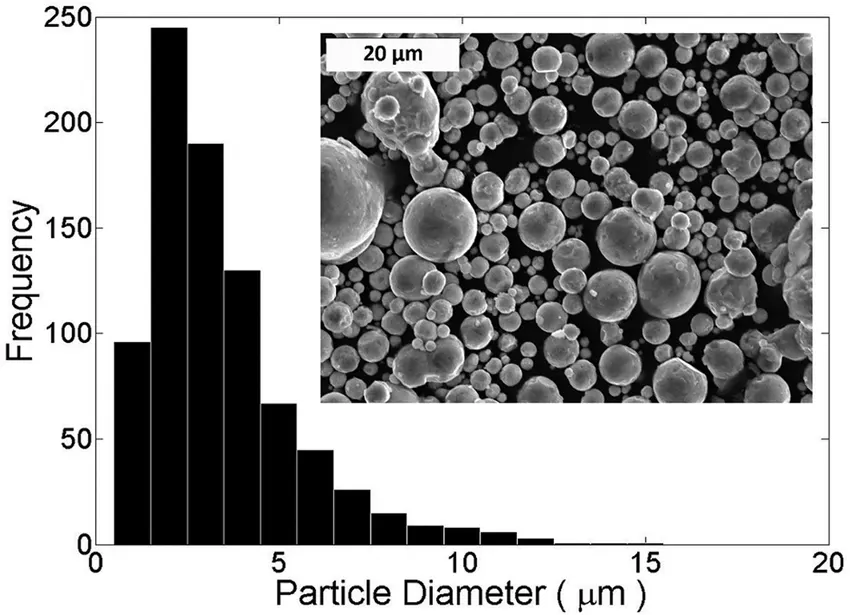In the realm of laboratory testing, precision and accuracy take center stage. Sieve shakers, crucial for achieving these goals, play a pivotal role in particle size analysis across various industries. In this blog post, we’ll delve into the diverse types of laboratory sieve shakers and explore their applications, helping you pinpoint the ideal fit for your specific needs.
Exploring Sieve Shakers:
- Rotary Sieve Shaker:
- Operating gently yet efficiently, rotary sieve shakers agitate sieves via rotary motion. Consequently, they’re an ideal choice for industries such as pharmaceuticals and food processing, which prioritize particle integrity.
- Vibratory Sieve Shaker:
- Vibratory sieve shakers deploy consistent sieving across diverse materials with their vibratory motion. This versatility makes them indispensable in agriculture, environmental science, and construction material quality control.
- Sonic Sieve Shaker:
- Sonic sieve shakers are innovative, harnessing ultrasonic energy to enhance particle separation. They thrive in challenging applications, excelling with fine powders and nano-materials.
- Air Jet Sieve Shaker:
- With precision and efficiency, air jet shakers employ an air stream to disperse and separate particles. This precision makes them a go-to choice in pharmaceuticals for fine particle accuracy.
- Ro-Tap Sieve Shaker:
- Ro-Tap shakers utilize tapping, vertical, and horizontal motions for efficient sieving. This versatility positions them as leaders in soil testing, cement, and aggregate industries for particle size analysis.
Selecting the Right Sieve Shaker:
When it comes to choosing the right laboratory sieve shaker, several factors should guide your decision-making process:
- Sample Type: Begin by tailoring your choice to the specific demands of your material. Delicate powders, for instance, favor rotary or sonic shakers.
- Particle Size Range: Ensure the chosen shaker can accommodate your sample’s size range. Some excel with fine particles, while others are better suited for coarser materials.
- Throughput: Strike the right balance between throughput needs and precision. Vibratory shakers handle high volumes, while air jet shakers prioritize accuracy.
- Budget: Weigh the initial costs against long-term efficiency and accuracy gains.
In laboratory testing, your sieve shaker choice wields significant influence over particle size analysis accuracy and efficiency. Therefore, understanding the diverse types and their applications sets the stage for making the perfect selection. Whether in pharmaceuticals, construction, or precision-demanding fields, the right sieve shaker guarantees reliable results and upholds stringent quality control standards.



